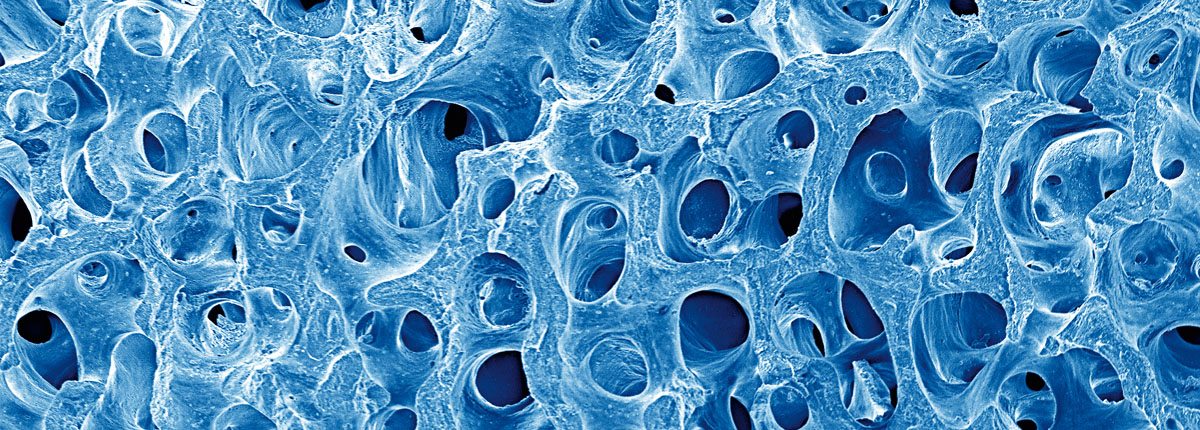Efficient, Scalable Strategy to Produce Biorelevant Nanomaterials
Oppositely charged polyions self-assemble in solution to form colloidal polyion complex (PIC) particles. Such nanomaterials can be loaded with charged therapeutics such as DNA, drugs or probes for application as novel nanomedicines and chemical sensors to detect disease markers.
Although stocked with appealing applications, PIC assembly suffers from the weakness in scale-up and reproducibility. Only a few low-dimensional PICs are available to date.
Therefore, Chinese researchers have now introduced a versatile, commercially applicable preparation strategy of such nanomaterials with tunable morphology.
At Soochow University, Suzhou, China, investigator Yuanli Cai and his colleagues are advancing rationalized preparation schemes of PICs. Being potential active carriers of nucleic acids in gene therapy and for the targeted delivery of drugs, the rational design of the PICs is still challenging as their final morphology, and charge state depend on thousands of thermodynamic and kinetic parameters.
Now the team with the method called “polymerization-induced electrostatic self-assembly” or PIESA, have proposed a scalable and cost-effective preparation protocol for low-dimensional PICs with tunable morphologies for biomedical use.
The team uses PIESA to rationally synthesize block copolymer nanoparticles in aqueous medium. They expanded their technique by introducing a positively charged monomer, which was then polymerized in the presence of a presynthesized polyion of opposite charge and another macromolecule serving as an uncharged copolymer block. The final nanomaterial consisted of defined complexes of the charged polymers and copolymers; and it showed remarkable properties.
The end product, as the authors observed, was found to be “high structure reproducibility on a commercially viable scale under eco-friendly aqueous conditions at 25 °C.” In other words, complex nanomaterials with tunable morphology and charge state could be conveniently prepared. Biomedical applications for carrying and delivery of DNA other biological charged polymers at their site of action and are envisaged, as well as a library of low-dimensional nanomaterials with tunable morphology.























